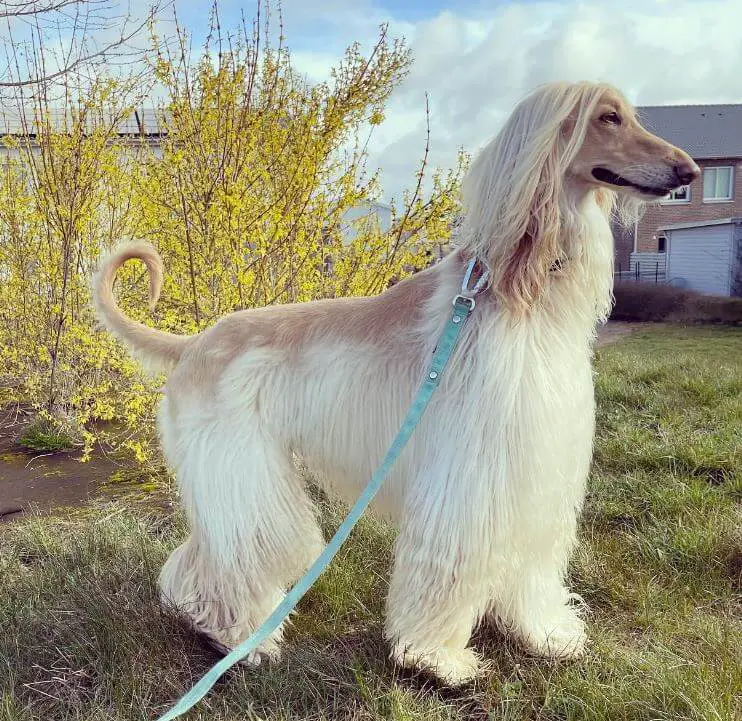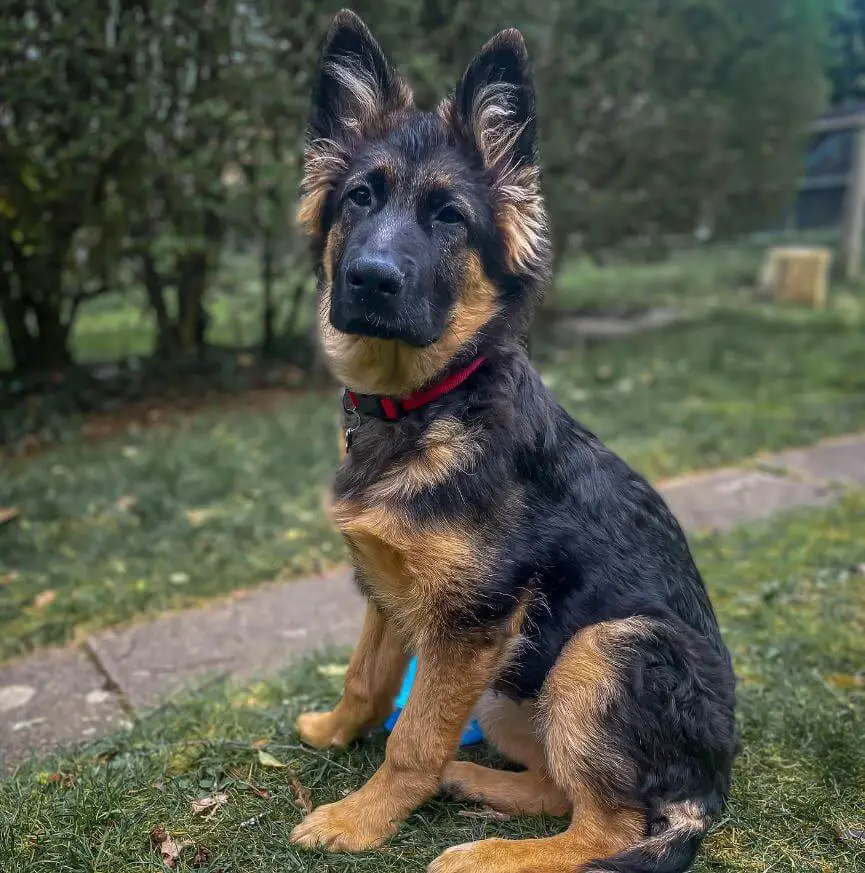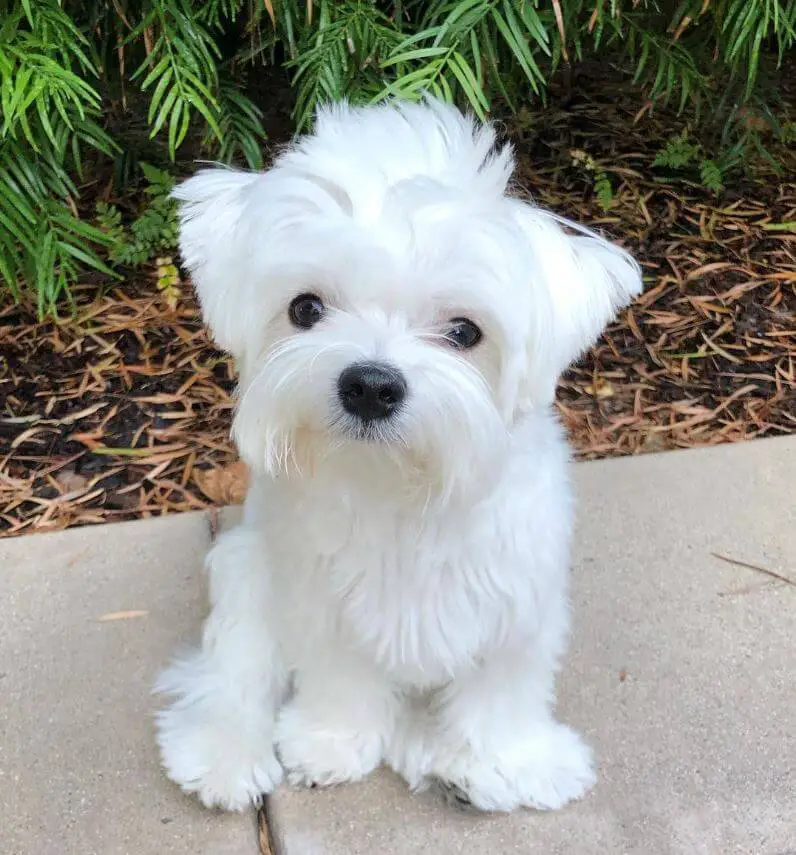As a dog owner, you may have wondered whether your furry friend has hair or fur. While these terms are often used interchangeably, they actually refer to different types of coat coverings in dogs. Understanding the distinction between hair and fur can help you better care for your dog’s coat and overall health. In this article, we will delve into the topic of hair vs. fur in dogs, including their characteristics, care, and common misconceptions.

What is Hair and Fur in Dogs?
The coat of a dog is made up of either hair or fur, depending on the breed and individual characteristics. Hair and fur are both made of a protein called keratin, which is also found in human hair and nails. However, there are key differences between hair and fur in terms of structure, growth cycle, and characteristics.
Hair:
Hair is typically longer, finer, and grows at a slower rate compared to fur. Breeds such as Afghan Hounds, Maltese, and Yorkshire Terriers are examples of dogs with hair coats. Hair can have different textures, such as curly, wavy, or straight, and it usually sheds less compared to fur. Hair is also more likely to continue growing without a resting phase, which means that it may require regular grooming, such as brushing and trimming, to prevent matting and tangling.

Fur:
Fur, on the other hand, is generally shorter, thicker, and grows at a faster rate compared to hair. Breeds such as Golden Retrievers, German Shepherds, and Labradors are examples of dogs with fur coats. Fur can have different densities and textures, such as double coats with an outer guard coat and an inner soft undercoat. Fur typically sheds more compared to hair, especially during shedding seasons, and may require regular grooming to manage loose fur and prevent matting.

Care and Maintenance:
Whether your dog has hair or fur, proper care and maintenance of their coat are essential for their overall health and well-being. Here are some general tips for grooming and caring for your dog’s coat:
1 – Regular brushing: Brushing your dog’s coat regularly helps to remove loose hair or fur, prevents matting, and promotes healthy skin and coat. The frequency and type of brush used will depend on your dog’s coat type, so consult with your veterinarian or a professional groomer for recommendations.
2 – Bathing: Regular bathing helps to keep your dog’s coat clean, removes dirt and debris, and promotes healthy skin. However, be cautious not to over-bathe your dog, as it can strip the coat of its natural oils and cause dryness or irritation. Use a mild dog-specific shampoo and follow bathing recommendations based on your dog’s breed, coat type, and lifestyle.
3 – Trimming: If your dog has hair, regular trimming may be necessary to prevent matting, maintain the desired coat length, and prevent debris from getting caught in the coat. Seek professional help if you are not familiar with trimming techniques or if your dog has a specific coat type that requires specialized care.
4 – Nutrition: A balanced and healthy diet is crucial for maintaining a healthy coat in dogs. Ensure that your dog’s diet is appropriate for their age, size, activity level, and any specific dietary needs or restrictions they may have. Consult with your veterinarian for dietary recommendations to support your dog’s coat health.

Common Misconceptions:
There are some common misconceptions when it comes to hair and fur in dogs. It’s important to clarify these misconceptions to have a better understanding of your dog’s coat and provide appropriate care:
1 – All dogs have fur: While it’s true that most dogs have fur, there are certain breeds that have hair instead. Breeds such as Afghan Hounds, Maltese, and Yorkshire Terriers have hair coats, which are longer, finer, and grow at a slower rate compared to fur.
2 – Hair doesn’t shed: While it’s true that hair typically sheds less compared to fur, dogs with hair coats still shed to some extent. Regular brushing is important to remove loose hair and prevent matting, even in breeds with hair coats.
3 – Fur is always coarse: While fur is generally shorter and thicker compared to hair, it can have different textures and densities. Some breeds with fur coats, such as Poodles and Bichon Frises, have soft and curly fur, while others may have dense and coarse fur. It’s important to understand your dog’s specific coat type and use appropriate grooming techniques accordingly.

In conclusion, understanding the difference between hair and fur in dogs is important for proper care and maintenance of your dog’s coat. Whether your dog has hair or fur, regular grooming, including brushing, bathing, trimming, and providing a balanced diet, is essential for their coat health. Clarifying common misconceptions and consulting with your veterinarian or a professional groomer can help ensure that your dog’s coat remains healthy, clean, and well-maintained. By providing the right care for your dog’s coat, you can help them stay comfortable, healthy, and happy for years to come.
Remember to always consult with your veterinarian for specific care recommendations based on your dog’s breed, coat type, and individual needs. Taking good care of your dog’s coat not only enhances their appearance but also promotes their overall well-being. So, whether your furry friend has hair or fur, make sure to provide the appropriate care to keep them looking and feeling their best!
